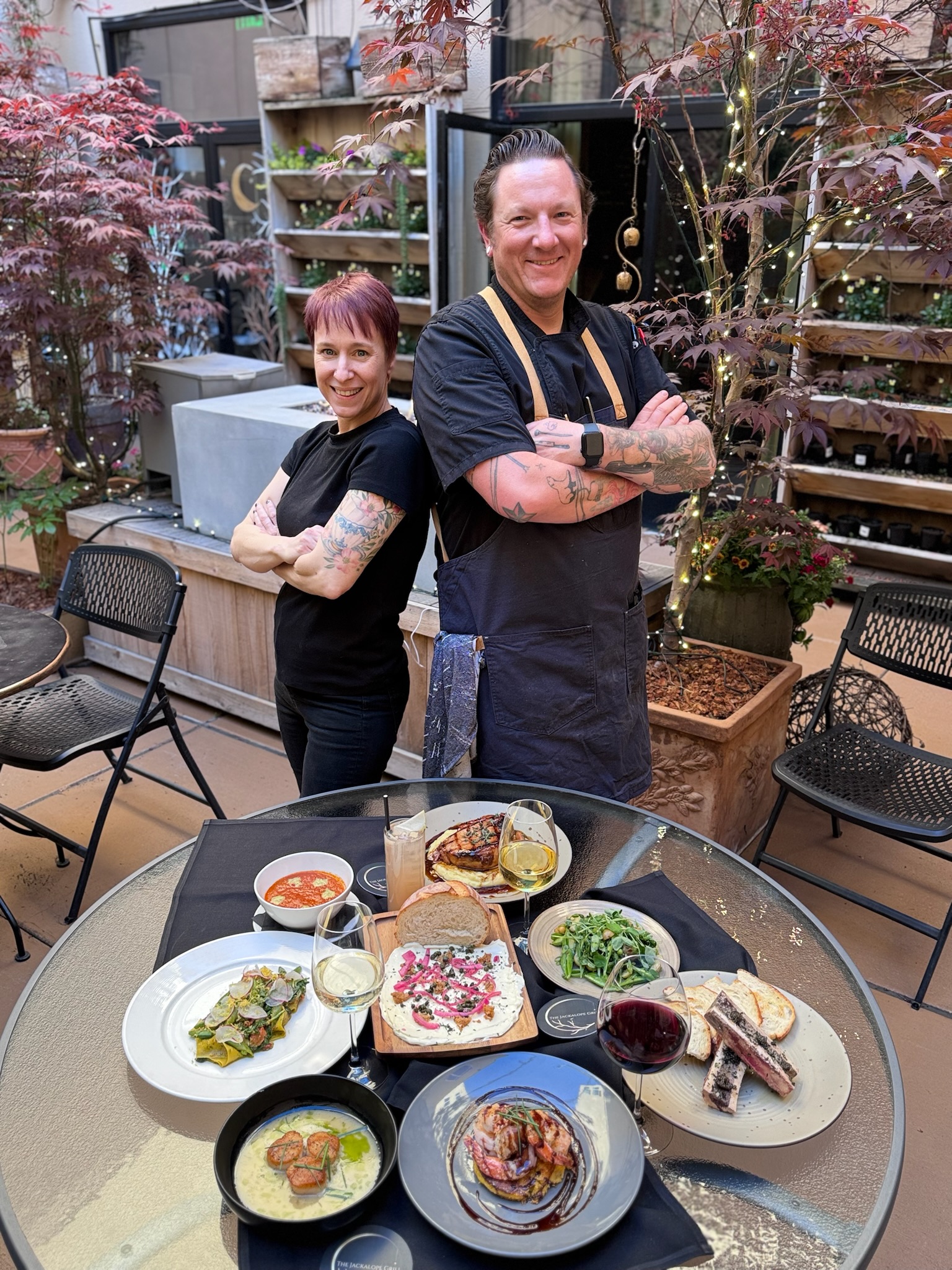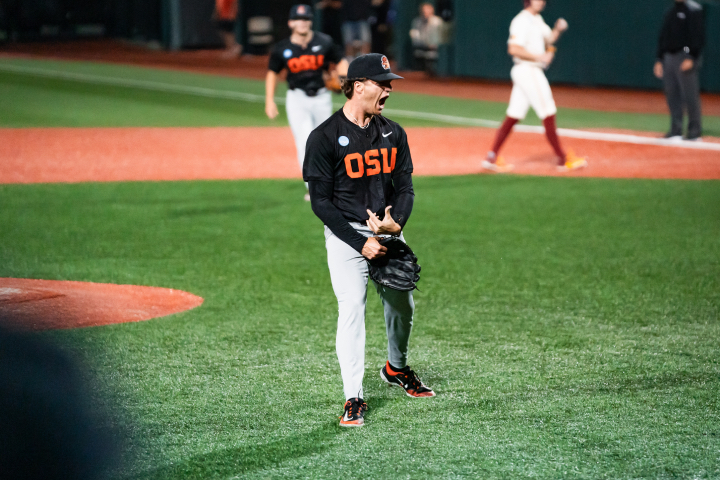Tri-Cities inventor builds solar-powered motorized wheelchair
Published 5:30 am Wednesday, June 21, 2023

- Kurt Schneider of Kennewick poses May 21, 2023, next to his invention, The Liberator, a commercially sold, solar-powered wheelchair. The Navy veteran said he saw a need for a device that better serves people confined to motorized wheelchairs.
RICHLAND, Wash. — A regional inventor has patented the first commercially sold, solar-powered wheelchair, enabling folks with physical handicaps to get around in comfort, sheltered from the sun and elements and free from range anxiety.
Aptly named The Liberator, Kurt Schneider of Kennewick, owner of Solar Mobility LLC, and his team build the cutting-edge chairs in his Richland machine shop using materials that, almost all of which, are made in the United States.
Those with a prescription for a Group 2 Mobility Device may qualify for 100% coverage of The Liberator through Medicare and Medicaid or their private insurance. This also goes for veterans receiving benefits from the Veterans Affairs.
As a Navy medical corps veteran himself who broke his back multiple times, Schneider saw a need for a device that better serves those confined to motorized wheelchairs.
Problem sparks invention
He said the idea struck him one day in 2009 while running a food truck he owned in Richland that served up fish and chips. An electric wheelchair-bound customer made the trek to get his, and, upon seeing him, Schneider immediately became concerned.
The wheelchair’s batteries were nearly drained, and its operator “looked like a lobster,” bright red with sunburn from the journey. Not long after, “a friend of mine at the time was an electrician and he had conduit, so we made the first primitive one,” Schneider recalled.
They first developed what’s called the Solar Companion, a bright yellow high-visibility framework that supports a 65-watt, 24-volt solar panel and doubles as a shelter from the elements. The Solar Companion can be purchased independently and retrofitted to most Group 2 chairs and scooters. It collapses by pulling two pins and continues to charge even while collapsed and even in ambient, indirect lighting conditions.
Schneider said he has provided solar panels to the U.S. military and the public sector for the past 24 years to meet a variety of charging needs from golf carts to handheld device charging banks.
He said the panels on The Liberator are nickel-thin, American made and high powered. They have been tested and proven to be resilient in the face of shotgun fire, hail and other impacts. They’ve even been tested in underwater conditions in the Pacific Ocean. In a word, they’re ruggedized.
Seating matters
After his time in the Navy, Schneider was a heavy equipment operator. As he dove into engineering The Liberator, he said he realized there were some other common issues with electric wheelchairs that he could improve on. One of those was the seat.
Many people confined to wheelchairs develop ulcers and a cascade of other medical issues from sitting in an unventilated, nonergonomic chair all day. Schneider sources The Liberator’s seat from Sears Seating, which also produces seats for long-haul trucks such as Freightliner, as well as heavy equipment manufacturers such as John Deere and Caterpillar.
But even to this he made some key improvements: the Liberator’s seat reclines, lifts and adjusts from front to back and the headrest is adjustable, but it’s also air conditioned and the fabric allows for enhanced ventilation.
The Liberator features a 300-pound weight capacity while offering a low center of gravity and zero-degree turn radius with its Shark joystick, all atop a smooth air-ride suspension. There’s even a 12-volt USB port. Rearview mirrors, flashing LED lights on all four sides of the solar canopy and a footplate one can stand on without tipping the chair lend additional safety.
Two 55-watt-hour NF22 gel cell batteries power The Liberator, which the Federal Aviation Administration approved for travel on airlines. The chair also can be wall charged. It’s pacemaker-safe and comes with a limited lifetime warranty.
Schneider said he went through multiple iterations and four years of development, consulting those who use motorized wheelchairs before finally landing on this design, which he patented and received FDA approval on.
From ‘little ideas’ to reality
Schneider said he has always had a curious mind and “creativity that comes from outside of me.” The Liberator isn’t his only business venture, he also runs Real NZ Water, bottled in New Zealand, has developed carbon fiber grip-less golf club shafts, a golf tee composed of compressed grass seed that’s designed to be stepped on after it’s used to help regenerate grass on tee boxes and worked on a next-generation GPS system as well as a biodiesel derived from algae.
His latest venture has been perfecting in his own kitchen a 250-plus-year-old family recipe for caramel passed on to him by a friend of his mother’s. In his spare time, he enjoys training his two 1-year-old puppies as scent hounds.
Schneider said when it comes to inventing, “a lot of people have great ideas, but the biggest thing is sticking with it and believing in yourself and seeing it through.”
He continued, “How long did it take someone to come up with sliced bread? It took thousands of years. I put things together and think, ‘Hmm, maybe it’s possible.’”
He cited a quote that has always inspired him from the quirky yet heartwarming 1995 film, “Babe,” about a little pig who wants with all his heart to become a sheepdog and the farmer who sets his sights on the same goal, takes him to competition, and succeeds:
“Little ideas that tickle and nag and refuse to go away should never be ignored, for in them lie the seeds of destiny.”
For more information, reach out to Solar Mobility at 509-851-3611 or kurt@solarmobilityllc.com.






